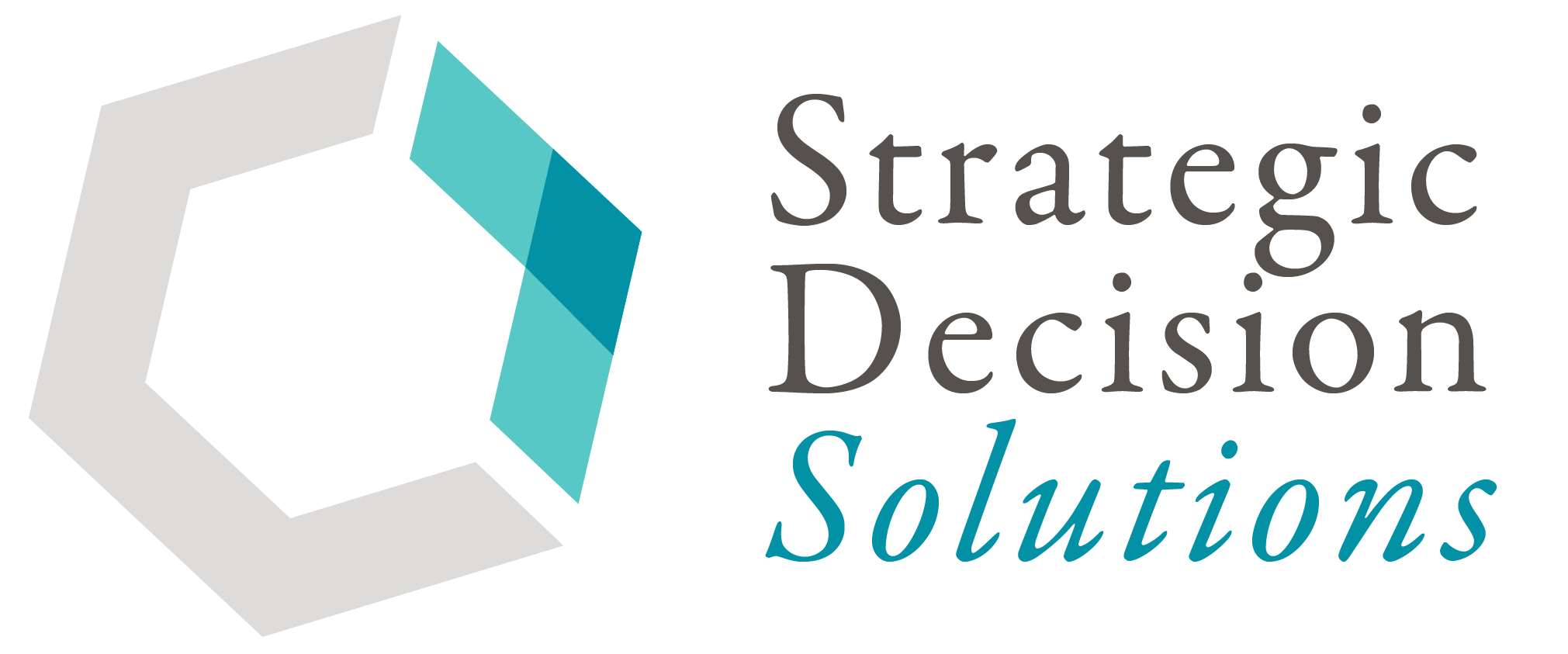You are working hard to help your organization build an effective enterprise risk management program. You’ve spoken with all the business units, identified their significant “risks” and assessed them, come up with numerous risk registers, developed detailed risk reports for executives, and so on.
Yet, people still don’t seem to see the value.
Why?
Why does it feel like people dread the semi-annual or annual risk conversation?
Why are the risk registers not incorporated into their daily work?
Why do the executives not engage when you present the risk reports to them?
The answer: you have become so focused on the past and the present that the future becomes forgotten.
Are you surprised by that answer?
When you talk to the business, you are asking about the challenges that they are currently facing. What are the risks associated with their processes? What are the weaknesses in what they do day in and day out?
But have you asked them about their future plans? Have you asked about the organization’s strategy and how they plan to support that strategy? Do they have the resources to take action to achieve the goals that management has set forth?
In order to get management, executive leadership and the board engaged and excited about enterprise risk management, you have to think about the future. Otherwise, you are simply focusing on the past and documenting what they already know.
There is no harm in thinking about the past – in fact, there is a common saying, “hindsight is 20/20,” but what does that mean? Reflecting on the past, taking those lessons learned, and applying them toward the future can be incredibly valuable.
When it comes to the present day of the operations of the organization, you can add valuable insights to what is currently going on.
However, the real gem of ERM is found in thinking of the future and providing foresight into the potential of what could go right, what could go wrong, and what is most likely to happen.
That is where scenario analysis comes in. Good scenario analysis means working with management to understand their train of thought:
- Why did they decide on a specific goal?
- How do they think that they will achieve that goal?
- What could be standing in their way?
- Are they willing to accept risk in order to achieve that goal? If so, what is acceptable?
Having good scenario analysis means that decision making is truly risk-informed.
And that, is the true goal of ERM!
The next question for you is how do you go from focusing on the past and the present to helping management get the foresight for good decision making?
Here are a few easy steps. At least they sound easy but harder to do in practice.
- Put aside the risk register.
- Stop focusing on operational processes and instead focus on plans for the organization.
- Harness the relationships you have throughout the organization for valuable insights into what the future entails.
Are you ready to move from the past and present and focus on valuable insights and foresight for your organization?
I am interested in hearing your thoughts on this topic. Feel free to join the conversation on LinkedIn.
If you want some tailored guidance on how to get your organization focused on the value-add of the present and future, contact me to discuss your specific situation.
Featured image courtesy of rawpixel.com via Pexels.








